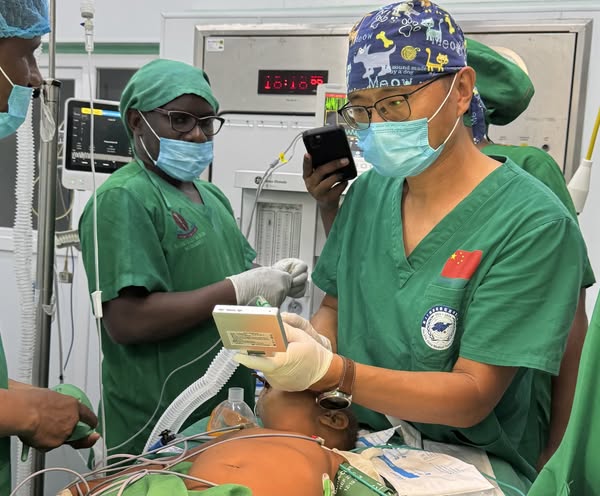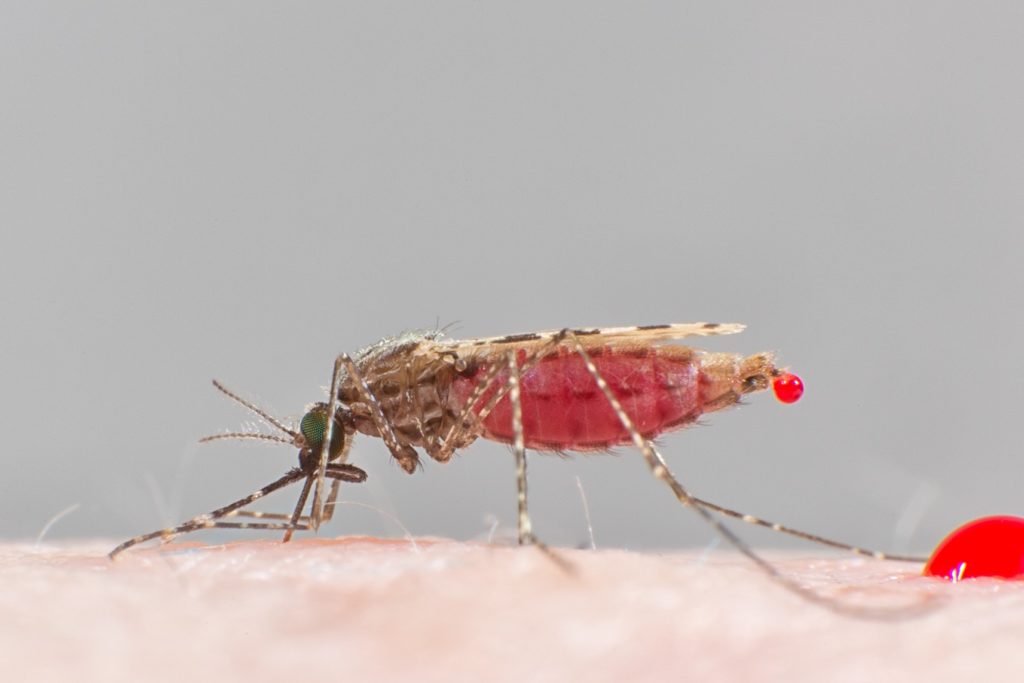There is danger in their music. They party in our bedrooms all night, and boastfully lift their bloody abdomens while jigging on our insecticide-treated bed nets. We may think we understand them, yet this is only one slice in the enigmatic life of mosquitoes, the deadliest predators of all time.
The female mosquitoes pierce our skins each night to extract blood, leaving small pints of saliva to sooth the itching. We swat haplessly, but they buzz away arrogantly showing off their freshly-acquired blood meals. Blood from our daughters, our sons and us.
Just a few metres away, they stop to relax defiantly on our recently-sprayed walls, clearly undaunted by the large quantities of insecticides. Perhaps this is how they celebrate after injecting deadly malaria pathogens into their victims.
In Tanzania, most malaria infections are carried by just three mosquito species, namely Anopheles gambiae, Anopheles arabiensis and Anopheles funestus. In rare cases, other species may play minor roles.
The mosquitoes have distinctive behaviors which affect both their ability to carry pathogens and our ability to control them. Anopheles gambiae have an unquenchable preference for human blood, only rarely biting other animals. They also love to feed and rest inside people’s dwellings as opposed to outdoors. These are excellent adaptations for transmitting human pathogens, but they also make the mosquitoes vulnerable to indoor interventions such as insecticide treated nets (ITNs) and house spraying. Indeed, these two strategies alone contributed 80% of all malaria cases prevented in Africa since 2000.
Anopheles arabiensis on the other hand very readily bites other animals when humans are absent or protected. They also frequently bite outside dwellings and can be found resting in pits or animal sheds. As a result, they are less affected by ITNs or house spraying and can endure even the best organized campaigns.
But the threat of malaria mosquitoes is not merely in their numbers. Ifakara Health Institute has been tracking Tanzania’s malaria vectors for decades, working mainly in the south-eastern parts of the country. Until 1990s, Anopheles gambiae had the highest densities and carried most of the malaria infections.
However, its numbers started dwindling when bed nets, and later insecticides used to treat the nets, were introduced. In the beginning, the nets worked like magic, killing, repelling or simply starving millions of mosquitoes seeking human blood indoors.
The programs were so effective that by 2008, only 20% of the malaria vectors in districts like Ulanga and Kilombero were the indoor-biting and human-loving Anopheles gambiae. As Tanzanian government and partners heightened the ITN campaigns, Anopheles gambiae virtually vanished in many villages. Starting 2012, it was absent in multiple villages across the two districts.
Instead, the commonest species was now Anopheles arabiensis, which readily bites outdoors and can survive on livestock whenever humans are unavailable or under nets. Malaria burden had also been dramatically reduced, and its severe form, dege-dege, largely stopped. Though Anopheles gambiae populations were not fully extinguished across the whole country, the impact on disease was huge and widespread. Malaria prevalence had been halved between 2000 and 2010, and continued declining to just 7.3% by 2017.
But behind these glitters, dangerous forces were conspiring against Tanzania’s best efforts, with potential to reverse the gains.
First was the rise of Anopheles funestus, the small cryptic species which had remained mostly invisible during the reign of Anopheles gambiae, but was now steadily gaining territory with unrivaled vengeance. This mosquito has an amazing capacity to carry malaria but remains widely ignored and poorly-understood. Scientists do not adequately understand how it behaves, how it survives in nature and what makes it such a good pathogen carrier. Most laboratories cannot even colonize it, which could enable detailed studies on its biology and control.

At Ifakara Health Institute, scientists regularly grind thousands of mosquito heads to test for malaria parasites in their saliva, a sign that the mosquito is infectious. As early as 2012 when Anopheles gambiae was disappearing, half of all malaria infections were already being spread by Anopheles funestus. By 2017, this proportion had risen to 80%, and today in some parts of Tanzania, Anopheles funestus transmits nearly nine in every ten new infections. This happens even where it has far lower population densities than other vectors, an extraordinary degree of dominance for such a poorly-known mosquito.
Since Anopheles funestus is ubiquitous across Tanzania, it probably already dominates in most other districts and regions as well. Indeed, its supremacy is already proven elsewhere in east Africa and across southern African countries, where it historically caused serious malaria epidemics.
Unfortunately, this vector is now also super-resistant, and therefore impossible to kill with most insecticides available today.
Resistance in mosquito populations emerged due to excessive use of insecticides in public health and agriculture, which left vast quantities of chemical residues and put mosquitoes under unprecedented pressures to survive. In typical evolutionary fashion, the mosquitoes rapidly adapted. The fittest survived and multiplied. They released large quantities of enzymes to neutralize the pesticides or modified their body surfaces so that pesticides no longer penetrated.
Today, most malaria mosquitoes in Tanzania are resistant to multiple insecticides, and Anopheles funestus is the hardiest of them all. They are regularly observed surviving up to 10 times higher insecticide doses than other malaria vectors. Unfortunately, there are currently no more than three insecticides registered in Tanzania that can effectively kill the mosquitoes. And if we do not deploy these available chemicals cleverly, we will lose this battle too.
So, what then must we do? Well, in addition to current practices such as ITNs and house-spraying, we must begin a more sustainable program for improved housing and environmental management so that we may make our communities everlastingly free of the dangerous Anopheles. We must also continue strengthening our health systems to identify and treat new malaria cases. And we must expand access to health education in schools and households.
Without these improvements, the deadly predators will most certainly continue dancing in our bedrooms.
Dr Fredros Okumu is Director of Science at Ifakara Health Institute in Tanzania. He is a mosquito biologist and public health expert working on new ways to improve control and prevention of vector-borne diseases.









1 comment
Comments are closed.